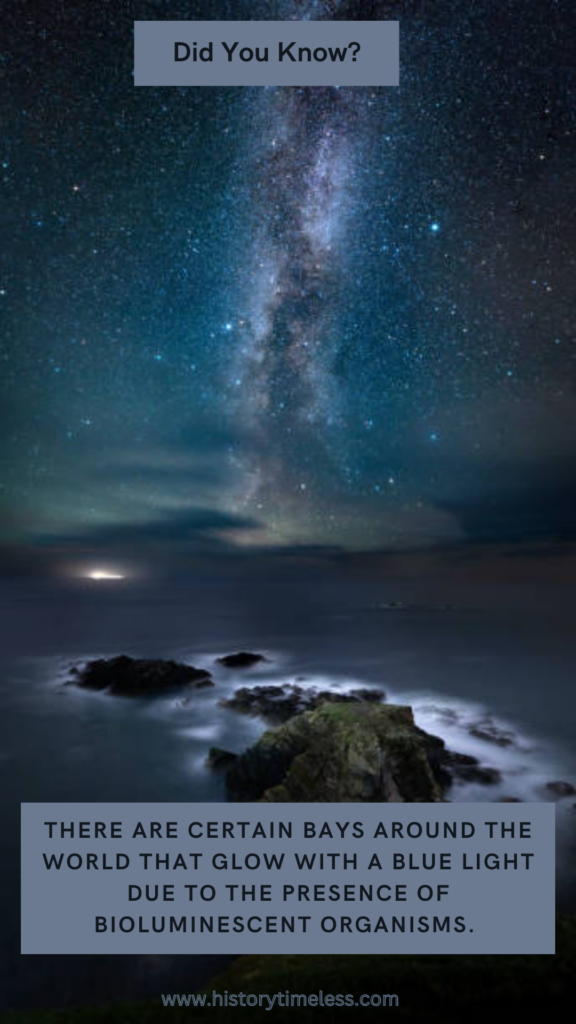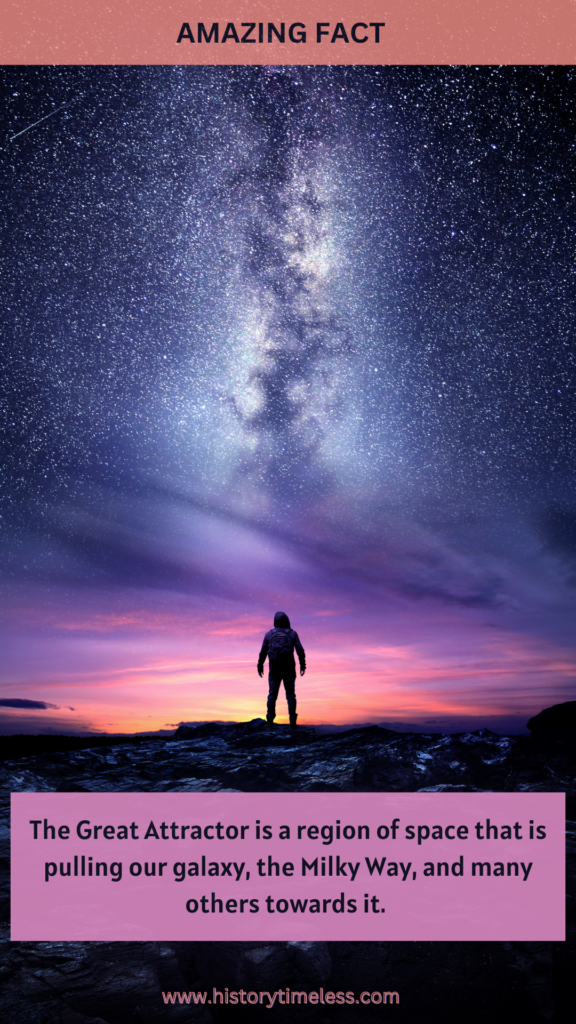To get the party started with interesting conversations, it’s essential to have some fascinating facts up your sleeve. Impress your friends with these unique and mind-blowing tidbits that will make you the smartest person at the party. From science and history to technology and more, these quick facts will leave everyone in awe.
1. The Human Eye Can See Over 10 Million Different Colors
The human eye is capable of detecting an astonishing range of colors, with some estimates suggesting that it can see over 10 million different colors. This is due to the presence of specialized cells in the retina called cone cells, which are sensitive to different wavelengths of light.
2. The World’s Largest Collection of Airsickness Bags
The world’s largest collection of airsickness bags belongs to a man named Niek Vermeulen from the Netherlands. He has collected over 6,142 bags from around the world, including some rare and unusual designs.
3. The Longest Recorded Flight of a Chicken
The longest recorded flight of a chicken is 13 seconds. Yes, you read that right – 13 whole seconds! The chicken, named Mike, was recorded flying at an altitude of about 1 meter above the ground before landing safely back on the ground.
4. The Human Brain Uses 20% of the Body’s Energy
The human brain is a highly energy-intensive organ, using around 20% of the body’s total energy expenditure. This is despite accounting for only about 2% of the body’s total mass.
5. Bioluminescent Bays
There are certain bays around the world that glow with a blue light due to the presence of bioluminescent organisms.

These organisms, such as plankton and algae, emit light when they are disturbed, creating a mesmerizing effect. Places like Puerto Rico’s Mosquito Bay and the Maldives’ Vaadhoo Island are famous for this phenomenon.
6. You Are More Likely to Die from a Lightning Strike Than a Terrorist Attack
According to statistics, you are more likely to die from a lightning strike than from a terrorist attack. On average, about 24,000 people die each year from lightning strikes, while the average number of fatalities from terrorist attacks is around 10,000 per year.
7. The World’s Largest Fossilized Tree
The world’s largest fossilized tree was discovered in Arizona, USA, and is estimated to be over 270 million years old. The tree is a species of conifer that was preserved in the đáolostone rock formation.
8. The Human Nose Can Detect the Scent of Rain
The human nose is capable of detecting the scent of rain, which is caused by the release of oils from plants and soil. This scent is often referred to as “petrichor.”
9. The Shortest War in History
The shortest war in history was between Britain and Zanzibar on August 27, 1896, and lasted only 38 minutes. Zanzibar surrendered after just 12 minutes of fighting, and the remaining 26 minutes were spent on ceasefire negotiations. The war was sparked by a dispute over who should be the ruler of Zanzibar.
10. The Human Brain Can Store Up to 100 Terabytes of Information
The human brain is capable of storing an enormous amount of information, with some estimates suggesting that it can hold up to 100 terabytes of data. This is equivalent to the storage capacity of around 20 million hours of music.
11. The World’s Largest Ball of Twine
The world’s largest ball of twine is located in Cawker City, Kansas, USA, and weighs over 17,000 pounds. It is over 40 feet around and is made from over 7 million feet of twine.
12. The World’s Largest Waterfall, by Width
The world’s largest waterfall, by width, is the Inga Falls, located on the Congo River in the Democratic Republic of Congo. The falls are over 9 miles wide and have a total flow rate of over 48,000 cubic meters per second.
13. There is a Type of Fungus That Turns Ants into “Zombies”
The Ophiocordyceps unilateralis fungus infects ants and takes control of their bodies, causing them to climb to high locations and bite onto a leaf before producing spores. This fungus essentially turns the ants into “zombies” to help spread its own spores.
14. You Have a Unique Tongue Print
Just like fingerprints, every person has a unique tongue print. Researchers have found that the unique patterns of bumps and grooves on the surface of the tongue can be used to identify individuals.
15. The Great Attractor
The Great Attractor is a region of space that is pulling our galaxy, the Milky Way, and many others towards it.

This phenomenon was discovered in the 1970s and is thought to be a large, unseen mass that is exerting a gravitational force on the surrounding galaxies.
16. The World’s Largest Collection of Smells
The world’s largest collection of smells is housed at the Odeon Theatre in London, UK. The collection includes over 1,000 different scents, including the smell of the moon and the scent of a meteorite.
17. The Human Eye Can Process 36,000 Bits of Information Every Hour
The human eye is an incredibly powerful and efficient organ, capable of processing up to 36,000 bits of information every hour. This is equivalent to the entire contents of the Library of Congress.
18. There is a Species of Sea Slug That Can Photosynthesize
The Elysia viridis sea slug is a species of sea slug that can photosynthesize, using energy from the sun to produce nutrients. This is made possible by the presence of chloroplasts from the algae it eats, which continue to function inside the slug’s body.
19. The Largest Living Structure
The Great Barrier Reef is the largest living structure on Earth, spanning over 2,300 kilometers off the coast of Australia. It is composed of more than 2,900 individual reefs and 900 islands, and is home to an incredible array of marine life, including over 1,500 species of fish.
20. The World’s Largest Crystal Cave
The Naica Mine in Mexico is home to the world’s largest crystal cave, where giant selenite crystals up to 36 feet long and 55 tons in weight have been found. The cave is incredibly hot, with temperatures reaching up to 136°F, and is filled with toxic gases, making it one of the most inhospitable places on Earth.
21. Butterflies Taste with Their Feet
Butterflies have taste receptors on their feet, which help them to detect the sweetness or bitterness of a substance. This helps them to choose the right plants to feed on and to select the right location to lay their eggs.
22. The Human Nose Can Detect Over 1 Trillion Scents
Researchers have found that the human nose is capable of detecting an astonishing number of different scents. By studying the genetic code of olfactory receptors, scientists estimate that we can detect over 1 trillion different odors, making our sense of smell one of the most powerful in the animal kingdom.
23. The World’s Largest Snowman
The world’s largest snowman was built in Bethel, Maine, USA, in 1999. It stood at an impressive 113 feet 7 inches tall, and was built using a combination of snow and ice.
24. There is a Species of Shark That Can Live for Up to 500 Years
The Greenland shark is one of the longest-living vertebrates on the planet, with some estimates suggesting that it can live for up to 500 years. This makes it one of the longest-living animals on Earth, and a vital component of the Arctic ecosystem.
25. The World’s Largest Waterfall, by Volume
The world’s largest waterfall, by volume of water, is actually located underwater. The Denmark Strait Cataract is a submarine waterfall that flows down a slope in the ocean floor between Iceland and Greenland. It is over 100 meters high and flows with a volume of around 172,000 cubic meters per second.
26. You Are More Likely to Die from a Falling Coconut Than a Shark Attack
According to statistics, you are more likely to die from a falling coconut than from a shark attack. On average, about 150 people die each year from falling coconuts, while the average number of fatalities from shark attacks is around 5-6 per year.
27. The World’s Largest Fossilized Dinosaur Footprint
The world’s largest fossilized dinosaur footprint was discovered in Argentina and measures over 1.5 meters long. The footprint is thought to have been made by a species of sauropod dinosaur that lived during the Jurassic period.
28. There is a Type of Jellyfish That is Immortal
The Turritopsis dohrnii, also known as the “immortal jellyfish,” is a species of jellyfish that can transform its body into a younger state through a process called transdifferentiation.
This means that it can essentially revert back to its polyp stage and grow back into an adult again, making it theoretically immortal.
Find Out More Compelling Tidbits:
30 Mind-Blowing Facts About Mars You Didn’t Know
20 Crazy Valentine’s Traditions from Around the Globe
25 Mind-Blowing Antarctica Facts That Will Shock You!





